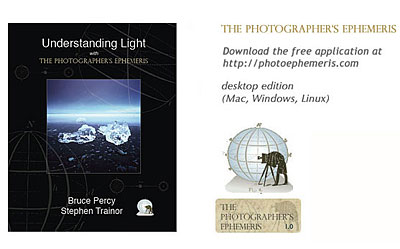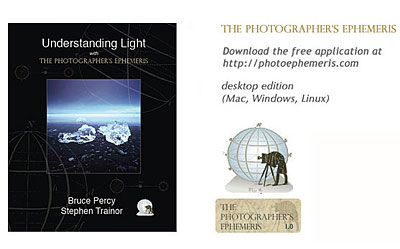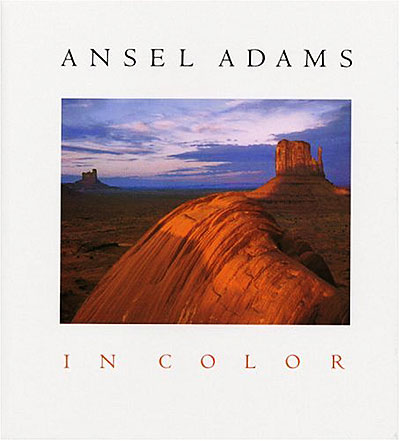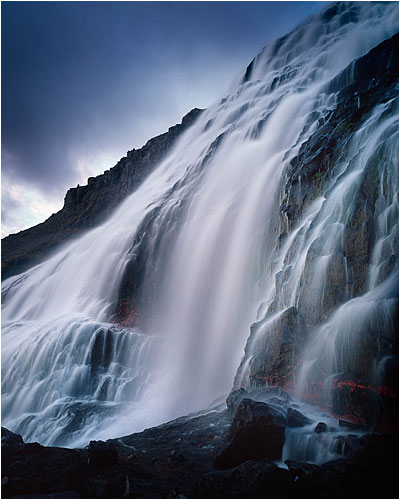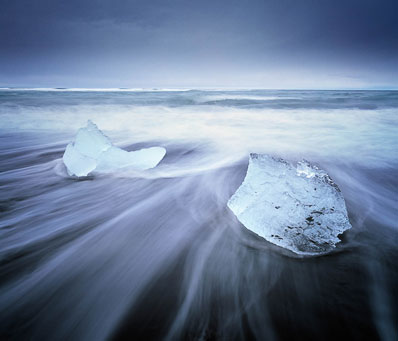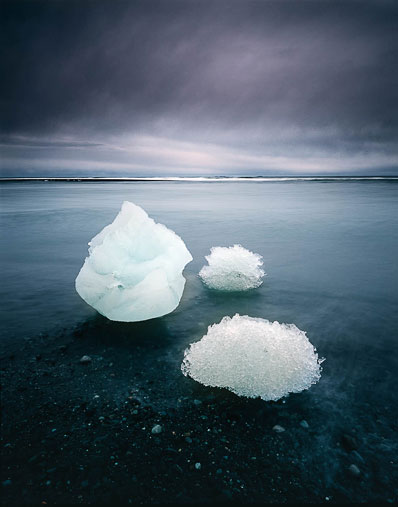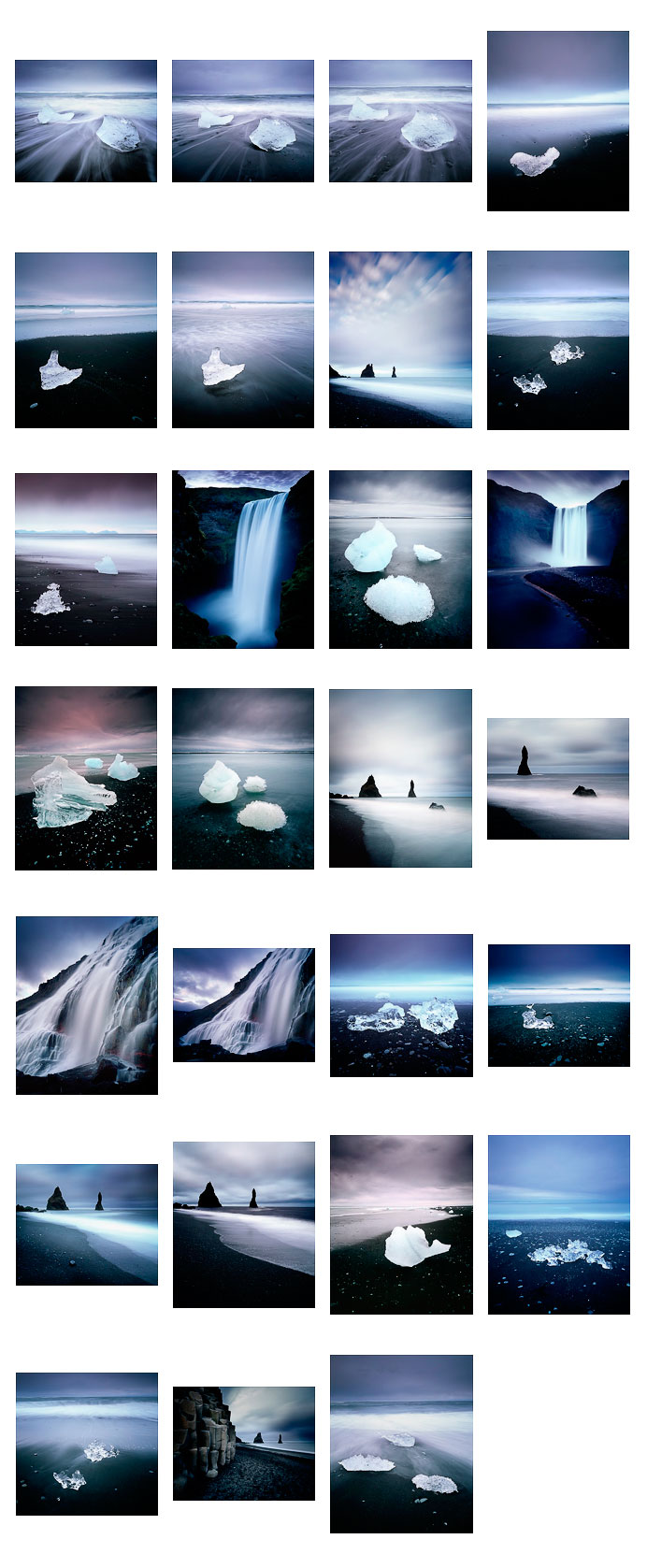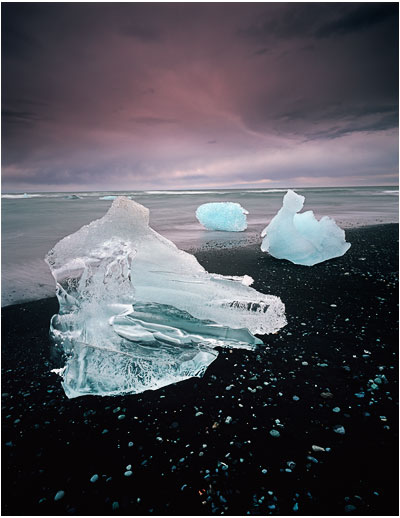Over the past decade, I've managed to accumulate a rather large collection of camera bags. I came to this realisation yesterday after getting a nice email from the guys at Think Tank in the USA. They wanted to know if I'd had any experience of their camera bags. Well, I do own an Airport International bag, that I bought around three years ago. So they're going to send me a couple of bags that I think might be of use to me. I'll let you know how I get on with them in due course.
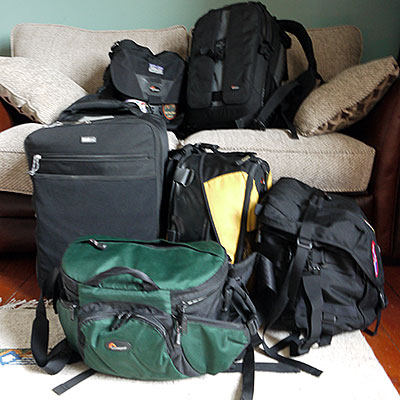
In the meantime, I did a little stock taking and found that I have:
Lowe Pro Trekker II Lowe Pro Orion AW waist level bag Lowe Pro Dryzone 200 LowePro Vertex 200 LowePro Reporter 400 LowePro Reporter 600 Think Tank Airport International
All of which, are great bags - but none fill the role of being everything that I need for all my photography projects. I just can't seem to find a bag that fits all my requirements. Which I guess is similar to not being able to find a camera system that fits all my requirements.
One thing I would like to say about camera bags, is that I prefer them small. A big camera bag means I'm going to fill it. The temptation is always there and I know that if I do fill a large bag, my trip turns into an endurance test because of all the cumbersome weight that I'm carrying (I'm talking about the bag - not me). A small bag forces me to be very selective about what I take, and make sure that the lens, body, filters I carry are going to be used.
I think we often think about accumulating lenses and gear. The more we have, the more options we will have when we go out to shoot. I suffer from the temptation to take every focal length of lens that I own, in the chance that I might see some amazing macros and also some amazing 400mm shots too. The truth is, having all this gear just makes for too many choices and confusion when we do come across something worthy of a picture.
I remember when I went to Iceland in 2004. I took the little Orion AW waste level bag with me and I managed to cram in my Mamiya 7II, three lenses and Lee Filters. It was compact and I could (almost) sling it around my waist. I had to be ruthless about what I took, and I found that every item I had with me was used on the trip.
If I were to distill into a few sentences what I'm looking for in a camera bag, it would be:
1. Quick access to cameras and lenses 2. Waterproof 3. Easy to lock up
The ultimate thing for me is the access. I hate having to wrestle with a camera bag. I also hate having to take ages to pack things away. That's why I have a preference for waist level bags in previous years because I can often get into the bag very easily without having to stop and lay it out on the ground like a backpack. I'm in my 40's now (you'd never know it - well, that's what I keep telling myself), and I find that the days of carrying a waist level bag are perhaps over for me. I need something with equal weight distribution for my back and so these days, you'll often find me with a backpack on (comfortable, but completely useless at getting access to stuff quickly - and how many times have I thought the bag was closed up and I get ready to put it on my back, and lenses start tumbling all over the place?).
Maybe you have some suggestions of bags that you rate. Or bags that you don't. It would be nice to hear from you, and by all means, if there's any bag in my collection you'd like to know more about - just add an entry to this post.
ps. I intend to do a review of some of my bags.

